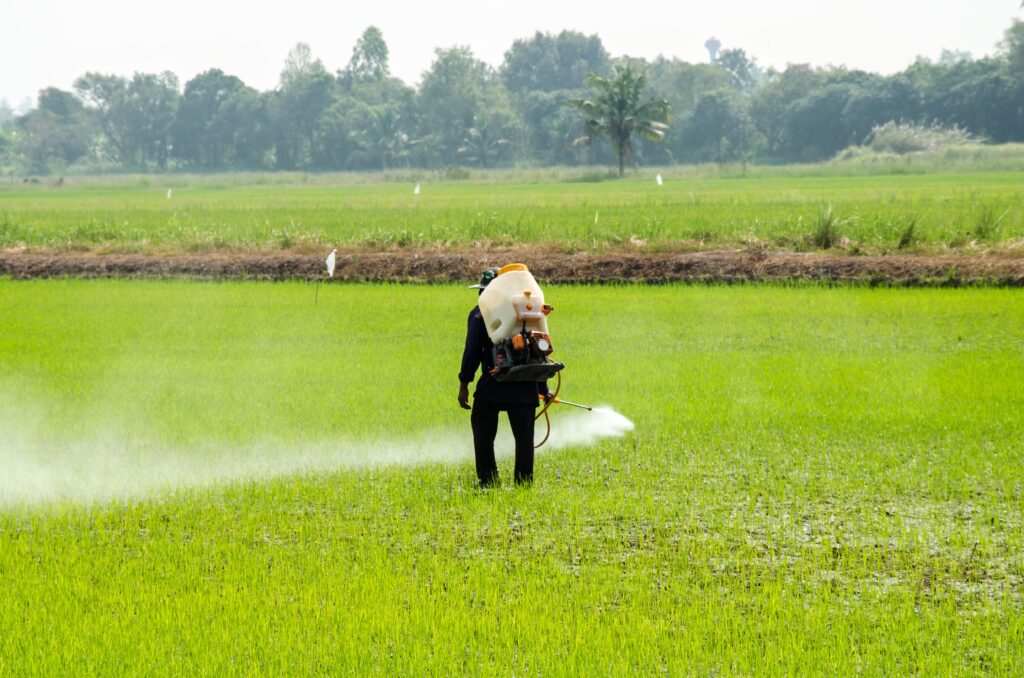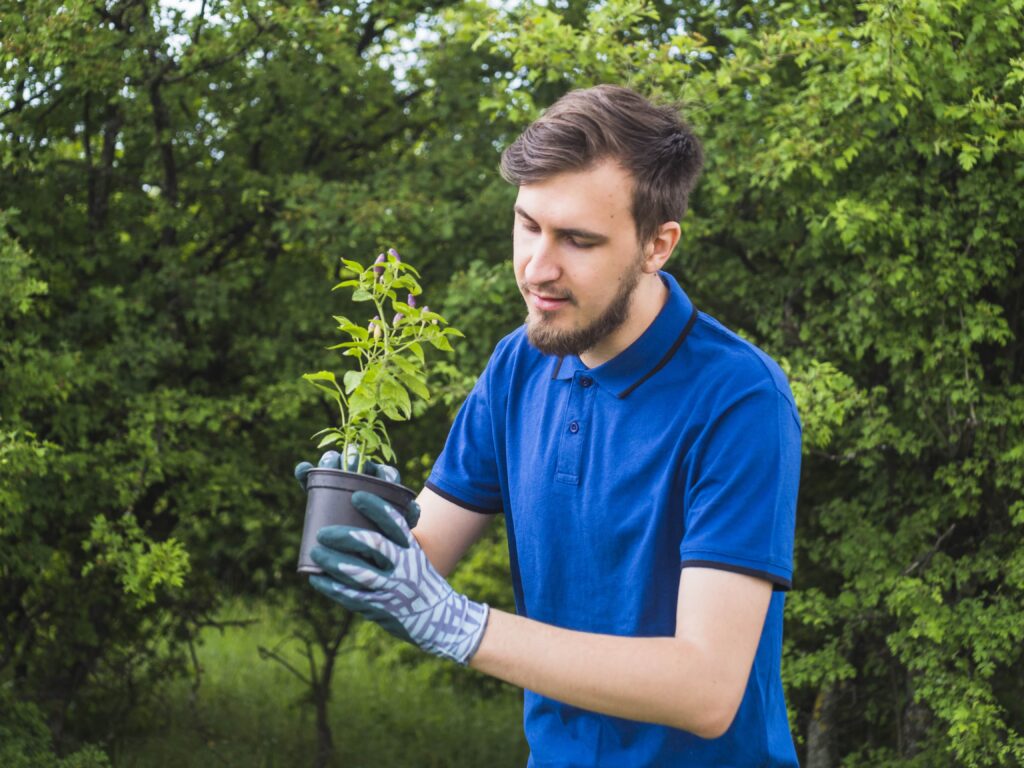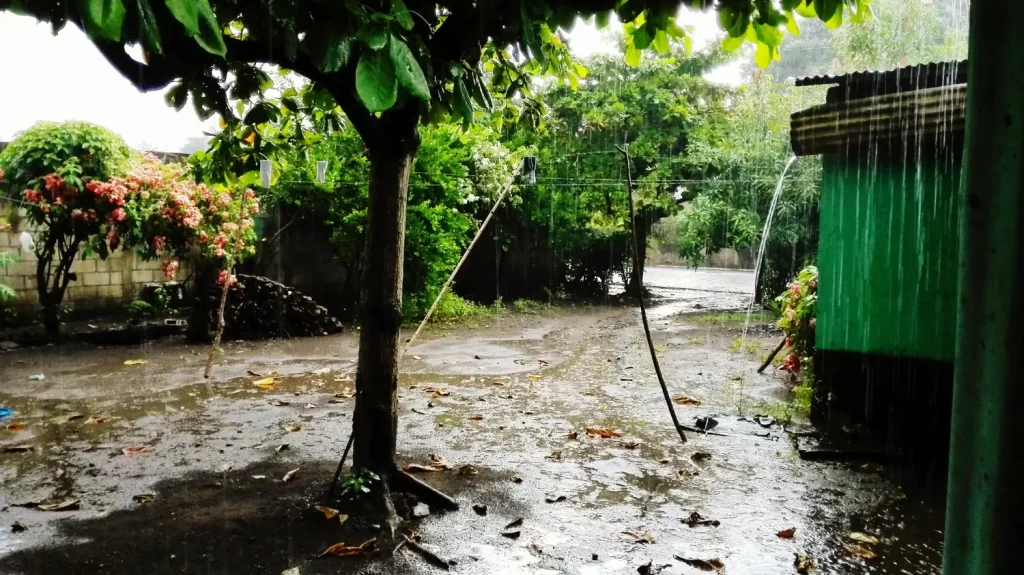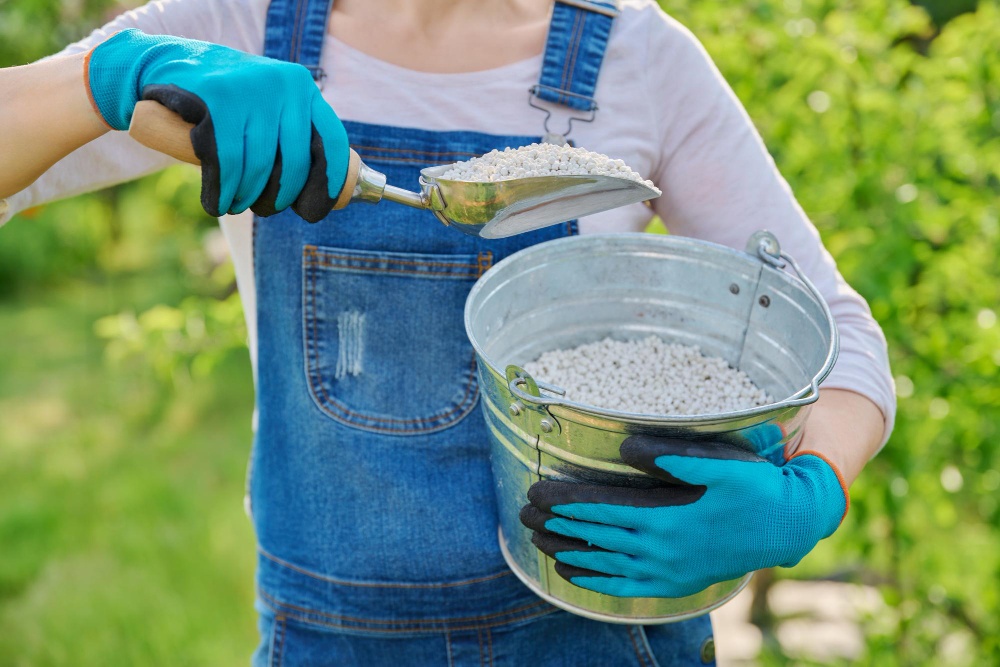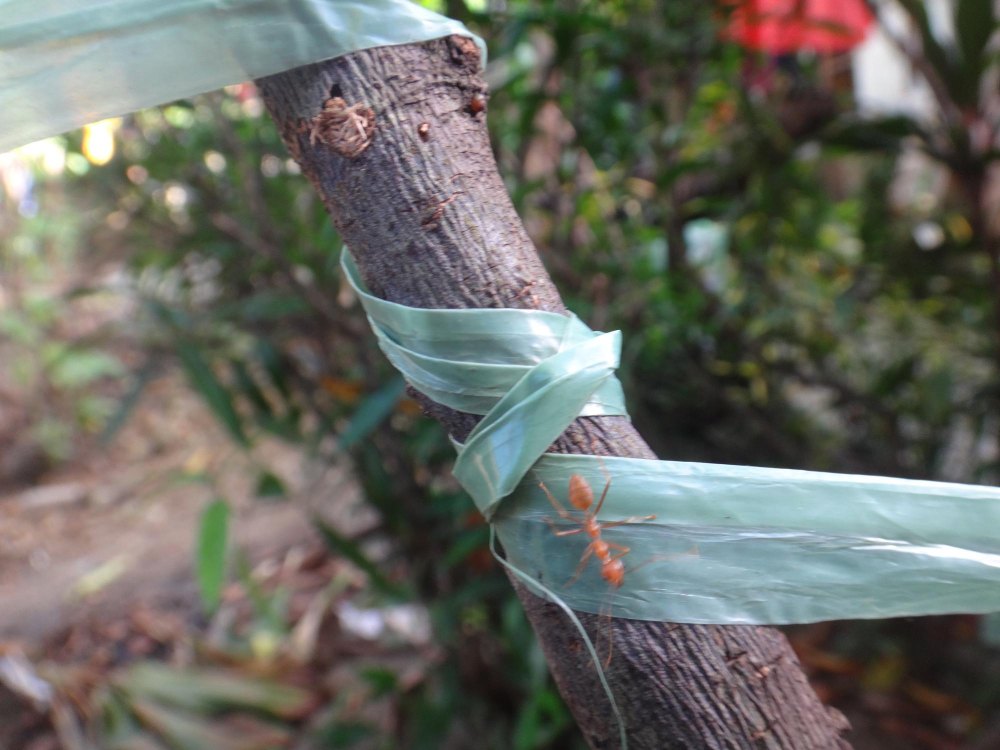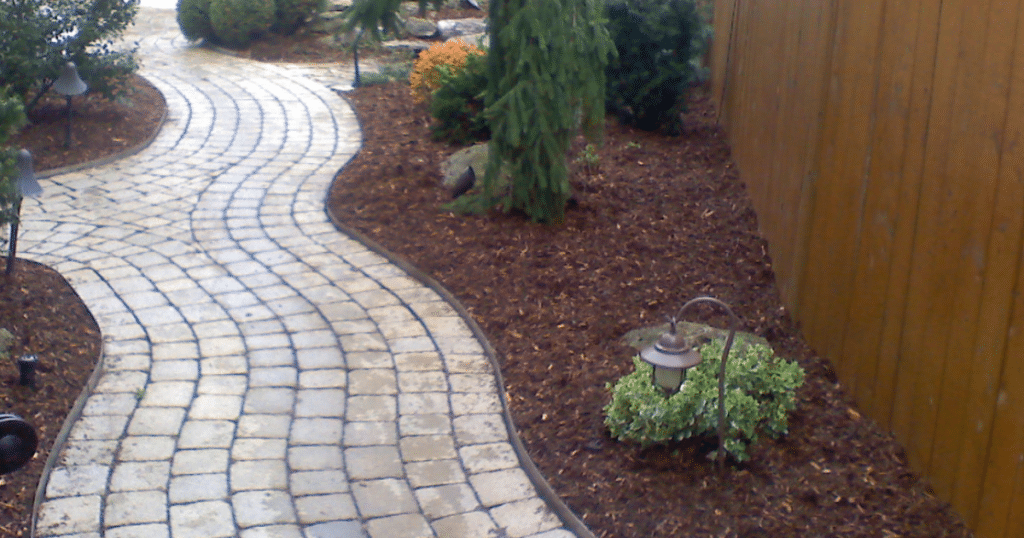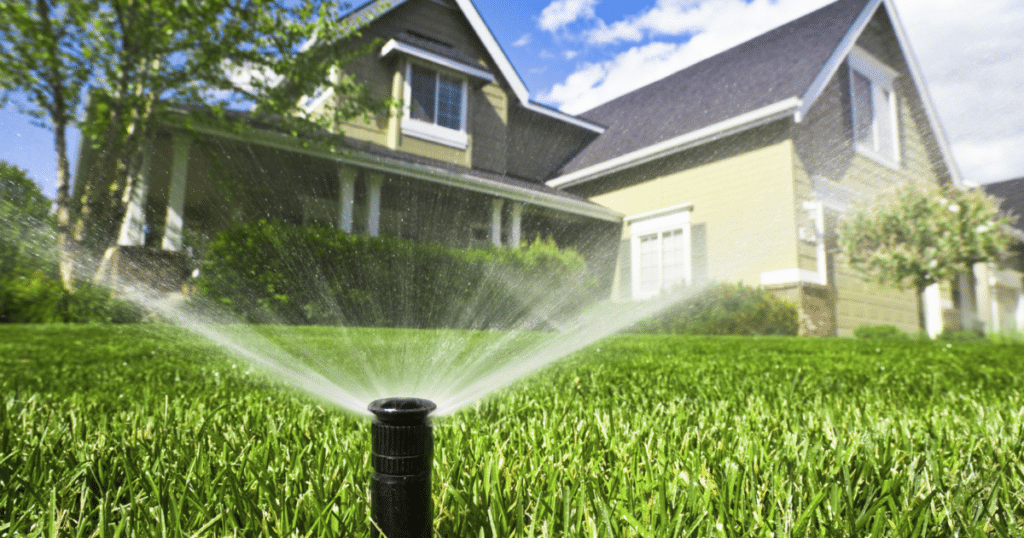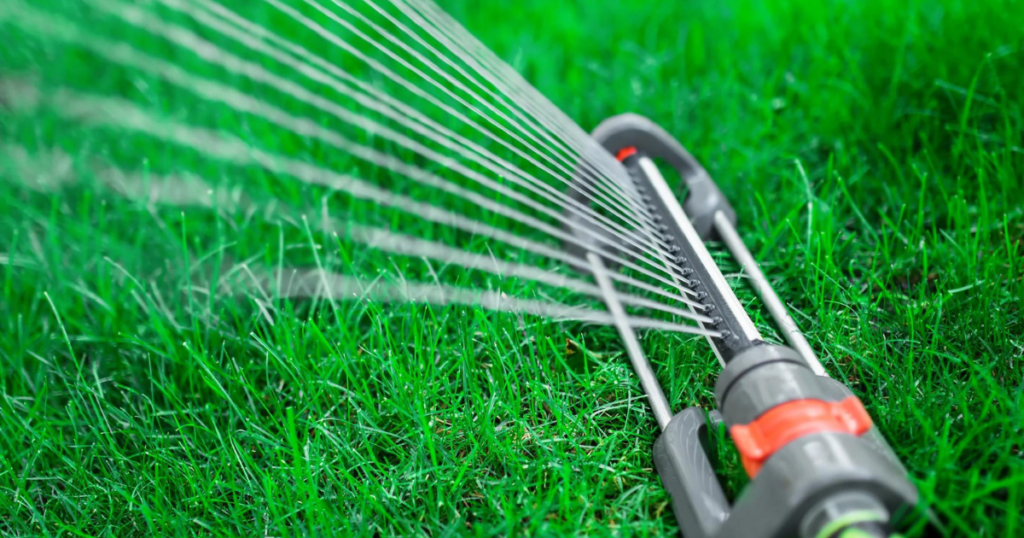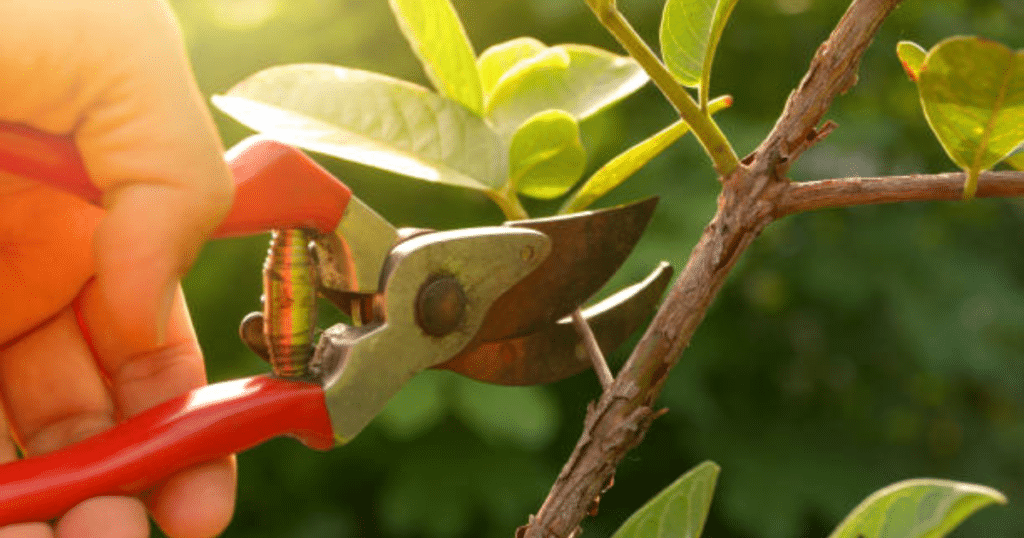Perennial Garden Design and Installation
As winter’s icy grip loosens and the first hints of spring emerge, a remarkable phenomenon unfolds in gardens across the world. Perennial plants, those steadfast garden inhabitants, make their triumphant return, defying the harsh conditions of winter. But what lies behind this perennial magic? If you are anything like me, who, before entering the landscaping world had no idea how these plants return year after year, read along, and find out how the magic happens!
Roots of Resilience
The secret to perennials’ survival lies beneath the surface – in their roots. Perennial plants possess a complex root system that allows them to withstand the cold, harsh conditions of winter. The roots store energy reserves in the form of carbohydrates, which acts as a fuel source to sustain the plant during dormancy. These energy stores power the growth of new shoots and leaves in the spring. In addition, the roots of many perennials contain antifreeze-like compounds, which protect the plant from freezing temperatures, ensuring that they can survive even in frigid conditions.
The Role of Dormancy
Dormancy is a critical part of a perennial’s survival strategy. When winter arrives and the days grow shorter and colder, perennials enter a state of dormancy, effectively shutting down their above-ground growth. During dormancy, their metabolism slows to a crawl, conserving energy, and resources for the upcoming growing season. This strategy allows perennials to endure the harshest weather conditions, from freezing temperatures to snow and ice, without succumbing to the elements.
Genetic Adaptations
The remarkable ability of perennials to return year after year also stems from their genetic makeup. Over generations, perennials have evolved specific genetic adaptations that enable them to thrive in their local environment. This includes the ability to time their dormancy and growth cycles to coincide with the regional climate. For example, perennials in colder climates have evolved to remain dormant for longer periods, allowing them to survive extended periods of cold weather.
Structural Modifications
Perennial plants also make structural modifications to ensure their survival. Some species develop protective coverings, such as leaf litter or woody growth, to shield their delicate shoots and buds from harsh winter conditions. These structures act as insulations trapping pockets of warm air and preventing freezing temperatures from damaging the plant’s vital parts. Some perennials have adapted to grow closer to the ground, reducing their exposure to cold winds and extreme temperatures.
Photosynthesis Reboot
One of the most intriguing aspects of perennials’ return after winter is their rapid awakening. As temperatures rise and daylight hours increase, perennials switch from a state of dormancy to active growth with astonishing speed. The key to this transformation is photosynthesis. Perennials initiate photosynthesis early in the spring, harnessing sunlight to produce energy and fuel their growth. This process enables them to quickly produce new leaves, stems, and flowers, allowing them to recover from their winter slumber.
The science behind perennials’ ability to return after winter is a testament to the remarkable adaptability and resilience of these plants. Their survival strategies encompass a combination of factors, from their intricate root systems and dormancy mechanisms to genetic adaptations and structural modifications. Perennials have honed these techniques over centuries to withstand the harshest of winter conditions, ensuring that they grace our gardens with vibrant life year after year.
As winter’s icy grip loosens and the first hints of spring emerge, a remarkable phenomenon unfolds in gardens across the world. Perennial plants, those steadfast garden inhabitants, make their triumphant return, defying the harsh conditions of winter. But what lies behind this perennial magic? If you are anything like me, who, before entering the landscaping world had no idea how these plants return year after year, read along, and find out how the magic happens!
Roots of Resilience
The secret to perennials’ survival lies beneath the surface – in their roots. Perennial plants possess a complex root system that allows them to withstand the cold, harsh conditions of winter. The roots store energy reserves in the form of carbohydrates, which acts as a fuel source to sustain the plant during dormancy. These energy stores power the growth of new shoots and leaves in the spring. In addition, the roots of many perennials contain antifreeze-like compounds, which protect the plant from freezing temperatures, ensuring that they can survive even in frigid conditions.
The Role of Dormancy
Dormancy is a critical part of a perennial’s survival strategy. When winter arrives and the days grow shorter and colder, perennials enter a state of dormancy, effectively shutting down their above-ground growth. During dormancy, their metabolism slows to a crawl, conserving energy, and resources for the upcoming growing season. This strategy allows perennials to endure the harshest weather conditions, from freezing temperatures to snow and ice, without succumbing to the elements.
Genetic Adaptations
The remarkable ability of perennials to return year after year also stems from their genetic makeup. Over generations, perennials have evolved specific genetic adaptations that enable them to thrive in their local environment. This includes the ability to time their dormancy and growth cycles to coincide with the regional climate. For example, perennials in colder climates have evolved to remain dormant for longer periods, allowing them to survive extended periods of cold weather.
Structural Modifications
Perennial plants also make structural modifications to ensure their survival. Some species develop protective coverings, such as leaf litter or woody growth, to shield their delicate shoots and buds from harsh winter conditions. These structures act as insulations trapping pockets of warm air and preventing freezing temperatures from damaging the plant’s vital parts. Some perennials have adapted to grow closer to the ground, reducing their exposure to cold winds and extreme temperatures.
Photosynthesis Reboot
One of the most intriguing aspects of perennials’ return after winter is their rapid awakening. As temperatures rise and daylight hours increase, perennials switch from a state of dormancy to active growth with astonishing speed. The key to this transformation is photosynthesis. Perennials initiate photosynthesis early in the spring, harnessing sunlight to produce energy and fuel their growth. This process enables them to quickly produce new leaves, stems, and flowers, allowing them to recover from their winter slumber.
The science behind perennials’ ability to return after winter is a testament to the remarkable adaptability and resilience of these plants. Their survival strategies encompass a combination of factors, from their intricate root systems and dormancy mechanisms to genetic adaptations and structural modifications. Perennials have honed these techniques over centuries to withstand the harshest of winter conditions, ensuring that they grace our gardens with vibrant life year after year.



